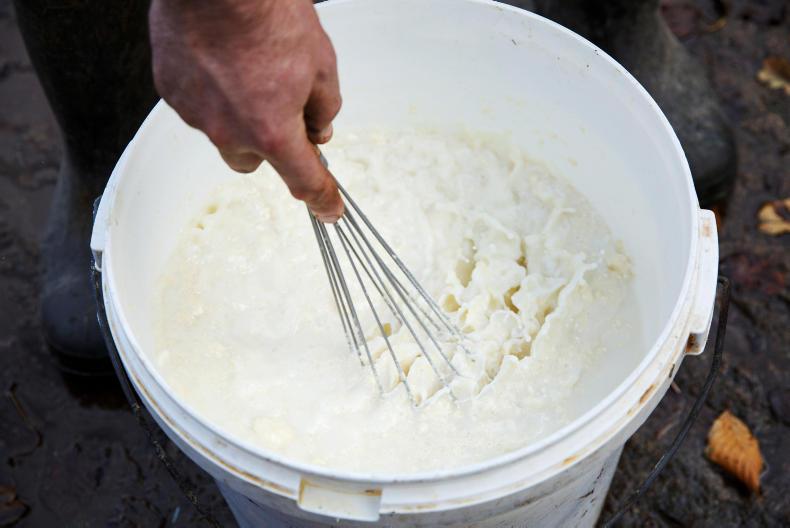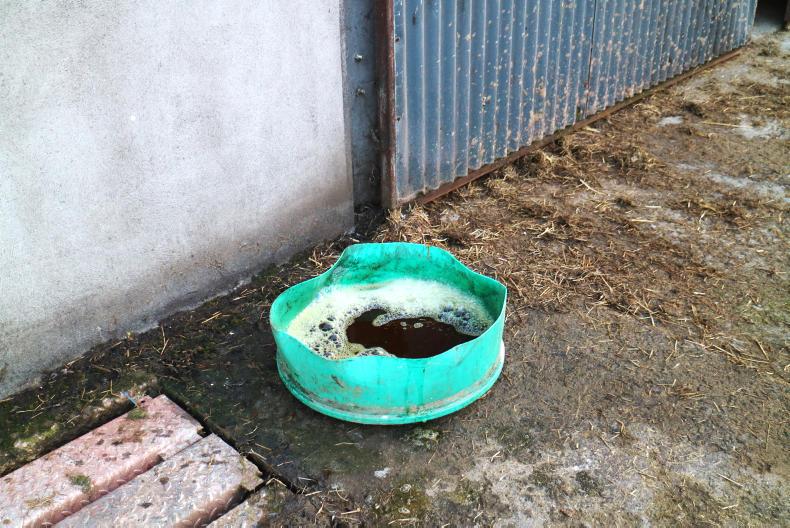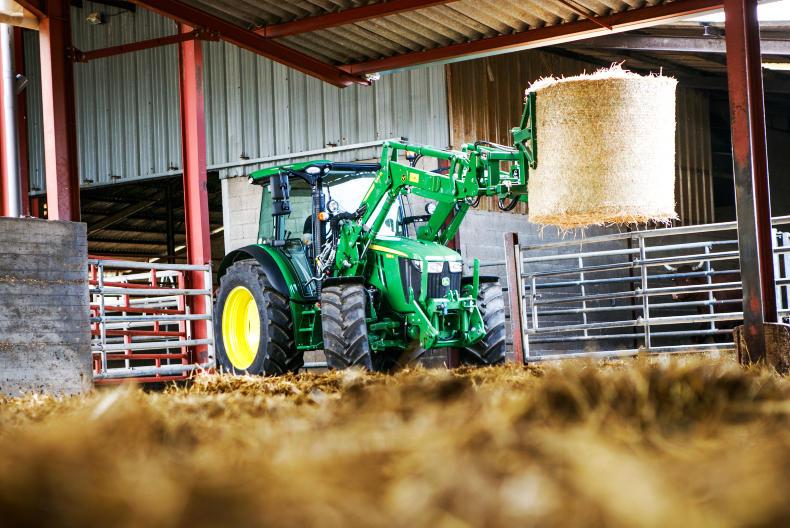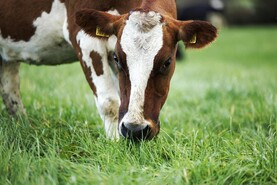Spring is a very busy period with 500,000 births expected on Irish beef and dairy farms over the next four weeks. Streamlining tasks such as calf rearing could make a big difference where labour is stretched on dairy farms.
Clear instructions
Calf rearing is a job that is sometimes given to a student working on the farm. Clear instructions and guidance are important. The calf-rearing process may seem simple to you but give time at the beginning to make sure anyone who is involved knows what their responsibilities are and how to carry out simple tasks like spotting a sick calf, identifying a swelled navel and identifying what is the normal behaviour you would expect in the calf shed.

Hand mixing of milk replacer can be a laborious task if high numbers are involved. Simple machines for mixing skim plaster can work very well in milk replacer and the purchase would more than pay for itself in the time it saves.
Some farmers have simple step-by-step procedures for tasks such as calf dehorning printed on an laminated A4 sheet, reducing the chances of errors. Similar standard operating procedures (SOPs) can be developed for calving, colostrum, milk replacer mixing, sickness signs and so on.
Biosecurity
Proper biosecurity is extremely important on a calf-rearing farm.
Young calves can be extremely susceptible to disease and having a good biosecurity plan is a must to ensure disease doesn’t spread.
Foot dips at the farm entry and also at the calf shed entry are a good idea. Make sure footwear stays on the farm and footwear from other farms isn’t used on your farm.

A foot dip at the entrance to calf sheds can help reduce disease spread around the farm.
Minimising disease spread within your farm is also important.
Spring is a very busy period with 500,000 births expected on Irish beef and dairy farms over the next four weeks. Streamlining tasks such as calf rearing could make a big difference where labour is stretched on dairy farms.
Clear instructions
Calf rearing is a job that is sometimes given to a student working on the farm. Clear instructions and guidance are important. The calf-rearing process may seem simple to you but give time at the beginning to make sure anyone who is involved knows what their responsibilities are and how to carry out simple tasks like spotting a sick calf, identifying a swelled navel and identifying what is the normal behaviour you would expect in the calf shed.

Hand mixing of milk replacer can be a laborious task if high numbers are involved. Simple machines for mixing skim plaster can work very well in milk replacer and the purchase would more than pay for itself in the time it saves.
Some farmers have simple step-by-step procedures for tasks such as calf dehorning printed on an laminated A4 sheet, reducing the chances of errors. Similar standard operating procedures (SOPs) can be developed for calving, colostrum, milk replacer mixing, sickness signs and so on.
Biosecurity
Proper biosecurity is extremely important on a calf-rearing farm.
Young calves can be extremely susceptible to disease and having a good biosecurity plan is a must to ensure disease doesn’t spread.
Foot dips at the farm entry and also at the calf shed entry are a good idea. Make sure footwear stays on the farm and footwear from other farms isn’t used on your farm.

A foot dip at the entrance to calf sheds can help reduce disease spread around the farm.
Minimising disease spread within your farm is also important.








 This is a subscriber-only article
This is a subscriber-only article
















SHARING OPTIONS: